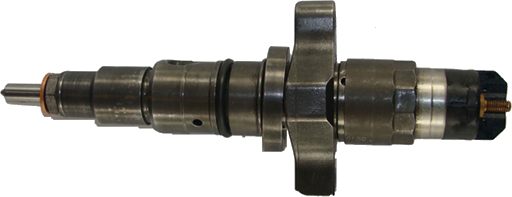The fuel delivery system consists of all the components which supply the engine with fuel. This includes the tank itself, all the lines, one or more fuel filters, a fuel pump (mechanical or electric), and the fuel metering components (carburetor or fuel injection system).
It holds the fuel supply and contains a sending unit which tells the fuel gauge how much fuel remains in the tank. The fuel tank also contains a filler tube and on most fuel injected vehicles, a fuel pump. In most tanks, there is also a fine mesh screen “sock” attached to the pickup tube. This is used to filter out large particles which could easily clog the fuel lines, fuel pump and fuel filter.
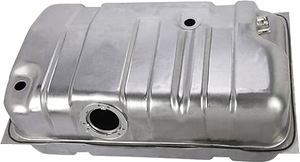
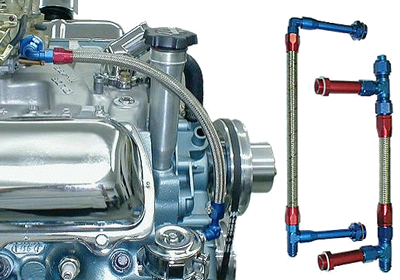
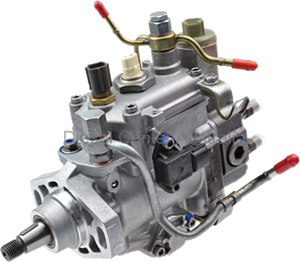
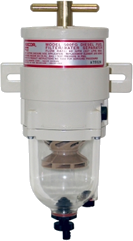 Fuel filters function to trap contaminants before the fuel flows to the fuel pump. A blocked filter means debris can spread to the rest of the fuel system. In addition to the mesh screen attached to the pickup tube, all fuel systems have at least one other filter located somewhere between the fuel tank and the fuel metering components. On some models, the filter is part of the fuel pump itself, on others, it is located in the fuel line, and still others locate the filter at the carburetor or throttle body inlet.
Fuel filters function to trap contaminants before the fuel flows to the fuel pump. A blocked filter means debris can spread to the rest of the fuel system. In addition to the mesh screen attached to the pickup tube, all fuel systems have at least one other filter located somewhere between the fuel tank and the fuel metering components. On some models, the filter is part of the fuel pump itself, on others, it is located in the fuel line, and still others locate the filter at the carburetor or throttle body inlet.
Inline and spin-on filters are located between the fuel pump and fuel metering components. Fuel filters can also be located in the carburetor or throttle body inlet. On throttle body units, these filters are used as a supplement to the primary inline filter.
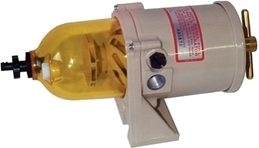 This is usually found on diesel cars and trucks. It can either be part of the fuel filter housing or it can be a separate remote unit. Most operate as a two-stage filter. The lower stage removes dirt particles down to about 1 micron in size and allows the water to form large droplets. In the second stage, fuel freely passes through the filter, but water will not. Water collects in the bottom of the filter housing, and a drain plug on the bottom of the housing is usually provided.
This is usually found on diesel cars and trucks. It can either be part of the fuel filter housing or it can be a separate remote unit. Most operate as a two-stage filter. The lower stage removes dirt particles down to about 1 micron in size and allows the water to form large droplets. In the second stage, fuel freely passes through the filter, but water will not. Water collects in the bottom of the filter housing, and a drain plug on the bottom of the housing is usually provided.
The separate units are usually mounted next to the fuel tank. They collect water as it settles out of the fuel tank. Some may light a warning lamp on the dash when it requires draining.
Like the fuel filter, the air cleaner prevents particles and dirt from getting into the air/fuel mixture. A clean air filter helps your engine breathe better and help you achieve better fuel efficiency.
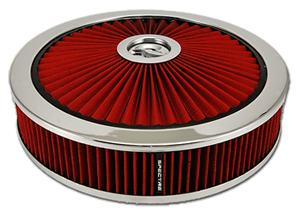
The system mixes fuel with air in the internal combustion engine, with its main component being the fuel injector an electrically activated valve that sprays exactly the right amount of fuel to the intake valves of the engine. The pulse width, controlled by the vehicle’s ECU, determines the amount of time the fuel injector stays open.
